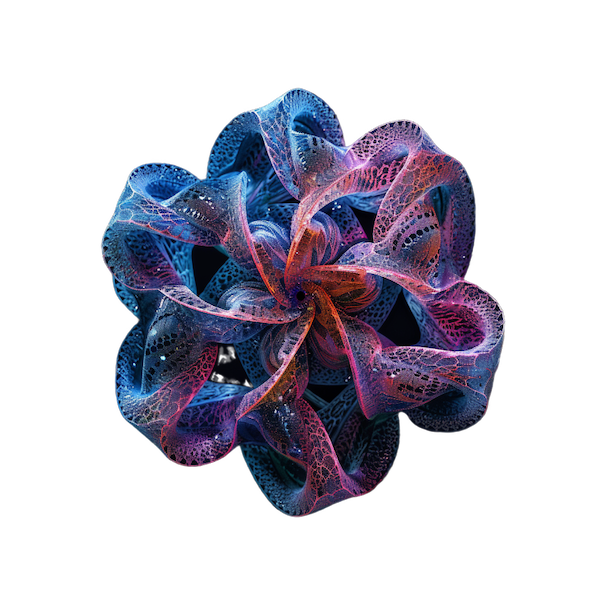
Investigating human-technology extension through sensory ethnographic film

Background
I am an undergraduate anthropology student from a small-ish town outside of Toronto. I was drawn to BLUE by the program's emphasis on exploration and curiosity for its own sake. My project examines the various tools that we use to extend or enhance our "naked" capabilities. I will be conducting multi-sited ethnographic research with the aim of better understanding individuals' experience of the self - its boundaries or lack thereof - in the use of different tools or technological appendages. Through the creation of a sensory ethnography style film I intend to explore this question of the boundaries of the self, as well as the conceptual boundaries of technological extension.

Reach: Tools of Possession, Projection, and Perception
Human technology, in its broadest sense, may be considered as a variety of arms designed to grasp that which is beyond the reach of our own. My project centers around these “arms” and specifically the concept of technological extension. To think of technology this way, as material extensions of basic human ability, necessarily problematizes Cartesian separations between self and world – it no longer seems useful or appropriate to conceptualize the self as static, skin-bound, or skull-bound.
I think this idea is well explained by the notion of mastery or fluency, and the anecdote of learning to drive a car. It is my intuition that mastery of the tool that is the car is achieved when you have driven enough that you are no longer aware of the separation between you and the vehicle you control. In other words, you are a "fluent" driver when the car becomes an extension of your body.

The ideas within this topic are entangled in many robust and ongoing discussions in a number of fields such as cognitive science, philosophy, and media studies, to name a few. More than an attempt to comprehensively address or explore questions about the nature of cognition or conceptions of the self, I rather sought to create something more playful, something that asked more questions than it professed to answer, and something that perhaps, through the accessible nature of visual representation, could serve as a point of entry to some of the concepts and theories involved in the academic conversations around the topic.
My project took the shape of an experimental documentary film and there were two main questions that I focused on in framing my approach. The first has to do with developing categories to organize the tools that I was concerned with. Say there are a core set of actions or bodily gestures that humans do in a human life. What, then, are the different material or technological expressions of these bodily gestures? Or, in reverse, what are the gestures that animate human technologies? With these questions in mind I formed a taxonomy of sorts that I used to structure both my thinking and the film’s narrative organization. The overarching classificatory groups that I created were as follows:
Possession - which I used to refer to tools for “keeping with”, such as a bag, a box, a to-do list, a camera, a museum, a myth, as well as tools for “keeping from”, a lock, a key, a fence, a prison.
Projection – under which I put tools of transportation, tools of height, tools of strength and specialization, as well as tools of communication and connection such as those associated with art, the voice, and other media through which thought is shared.
Perception – encapsulating tools I consider as perceptual extensions, such as glasses, binoculars, telescopes, the camera again, a drug sniffing dog, and Artificial Intelligence software.


Within these broader categories, in particular within the one named Projection, I perceive there to be a number of subcategories for which I could not find suitable words to describe. Instead, these subgroups are expressed in the film as cartoon-type doodles of the human figure stretching, growing, reaching - an attempt to develop kinesthetic proxies for that which I could not articulate.
The film is an elaboration of these questions about the gestural underpinnings of various technologies, and a wander through this taxonomy. Additionally, sprinkled throughout the film are animations that address the other question my project grew to be shaped around. Namely, what would intention or mind look like if we could see it flow through the world? How can we best visualize the notion of externalized cognition, of technological extension? My answer to these questions, or rather my suggestion, took the form of animated yellow scribbles, electric, fleeting, and abstract.
.svg)




